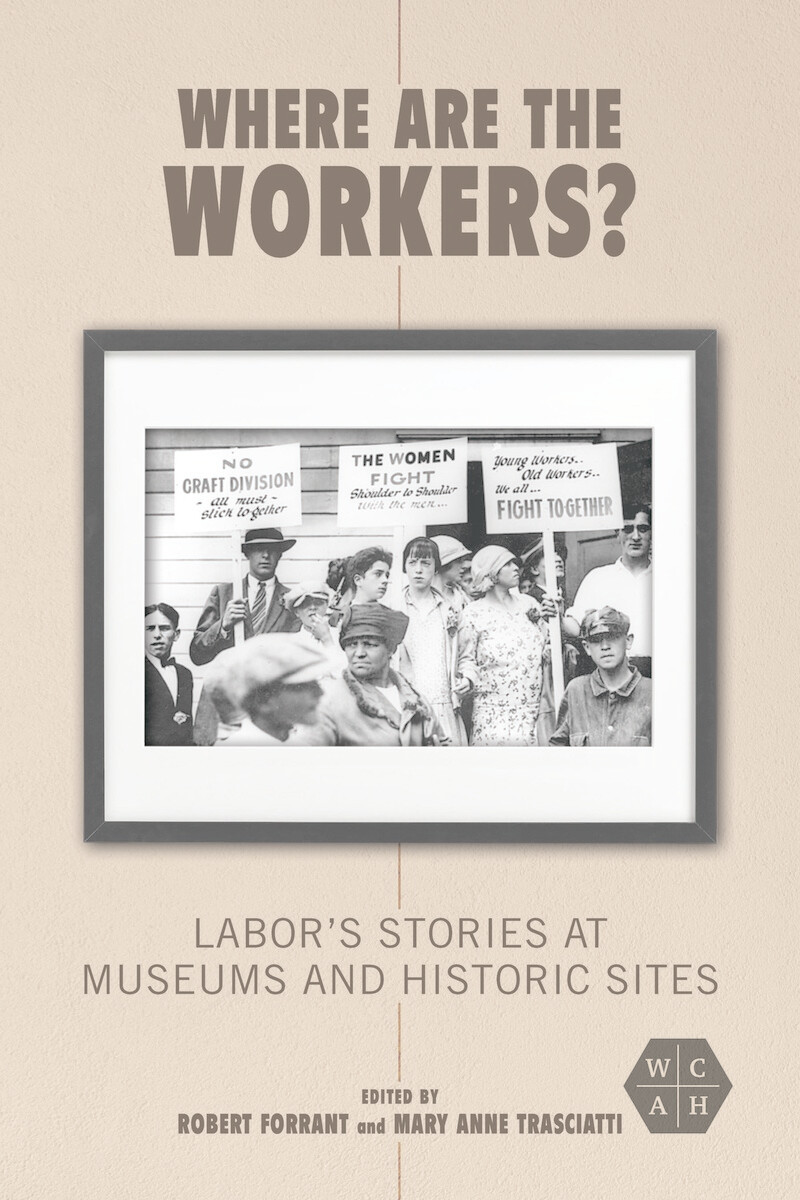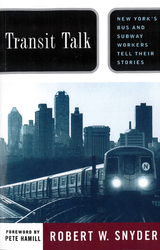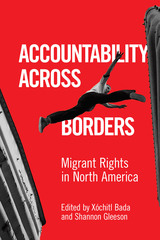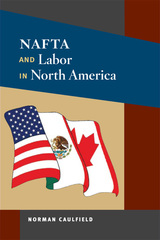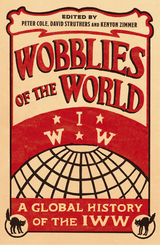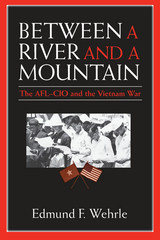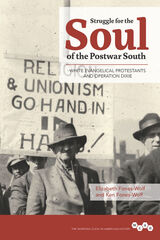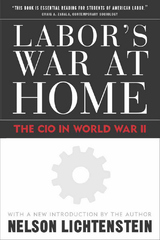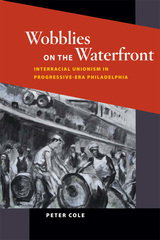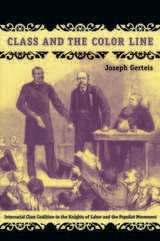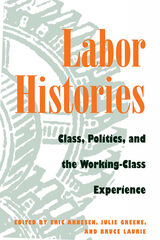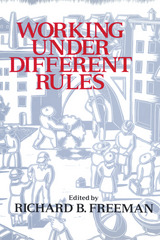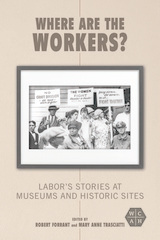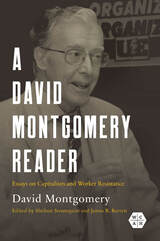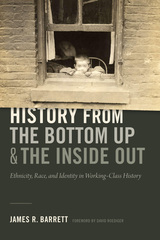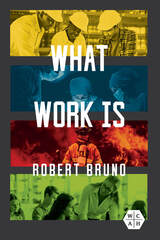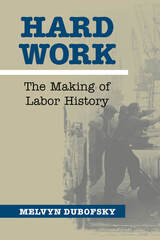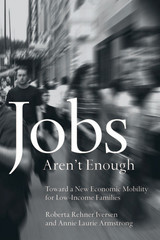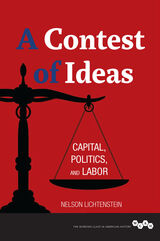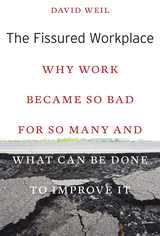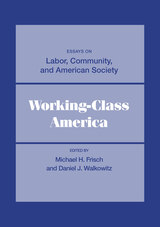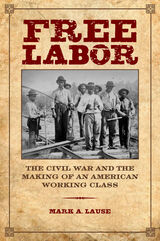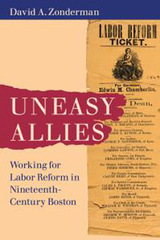Where Are the Workers?: Labor's Stories at Museums and Historic Sites
University of Illinois Press, 2022
eISBN: 978-0-252-05338-2 | Cloth: 978-0-252-04439-7 | Paper: 978-0-252-08646-5
Library of Congress Classification HD8066
Dewey Decimal Classification 331.0973
eISBN: 978-0-252-05338-2 | Cloth: 978-0-252-04439-7 | Paper: 978-0-252-08646-5
Library of Congress Classification HD8066
Dewey Decimal Classification 331.0973
ABOUT THIS BOOK | AUTHOR BIOGRAPHY | REVIEWS | TOC
ABOUT THIS BOOK
The labor movement in the United States is a bulwark of democracy and a driving force for social and economic equality. Yet its stories remain largely unknown to Americans. Robert Forrant and Mary Anne Trasciatti edit a collection of essays focused on nationwide efforts to propel the history of labor and working people into mainstream narratives of US history. In Part One, the contributors concentrate on ways to collect and interpret worker-oriented history for public consumption. Part Two moves from National Park sites to murals to examine the writing and visual representation of labor history. Together, the essayists explore how place-based labor history initiatives promote understanding of past struggles, create awareness of present challenges, and support efforts to build power, expand democracy, and achieve justice for working people.
A wide-ranging blueprint for change, Where Are the Workers? shows how working-class perspectives can expand our historical memory and inform and inspire contemporary activism.
Contributors: Jim Beauchesne, Rebekah Bryer, Rebecca Bush, Conor Casey, Rachel Donaldson, Kathleen Flynn, Elijah Gaddis, Susan Grabski, Amanda Kay Gustin, Karen Lane, Rob Linné, Erik Loomis, Tom MacMillan, Lou Martin, Scott McLaughlin, Kristin O’Brassill-Kulfan, Karen Sieber, and Katrina Windon
See other books on: Historic Sites | Labor movement | Museums | Social Classes & Economic Disparity | Workers
See other titles from University of Illinois Press
